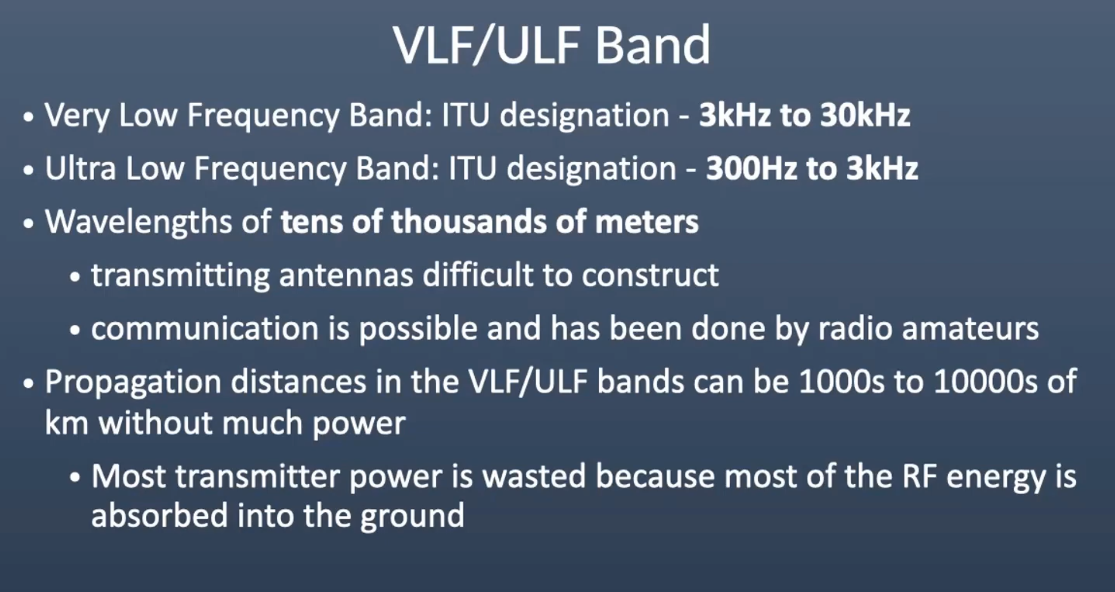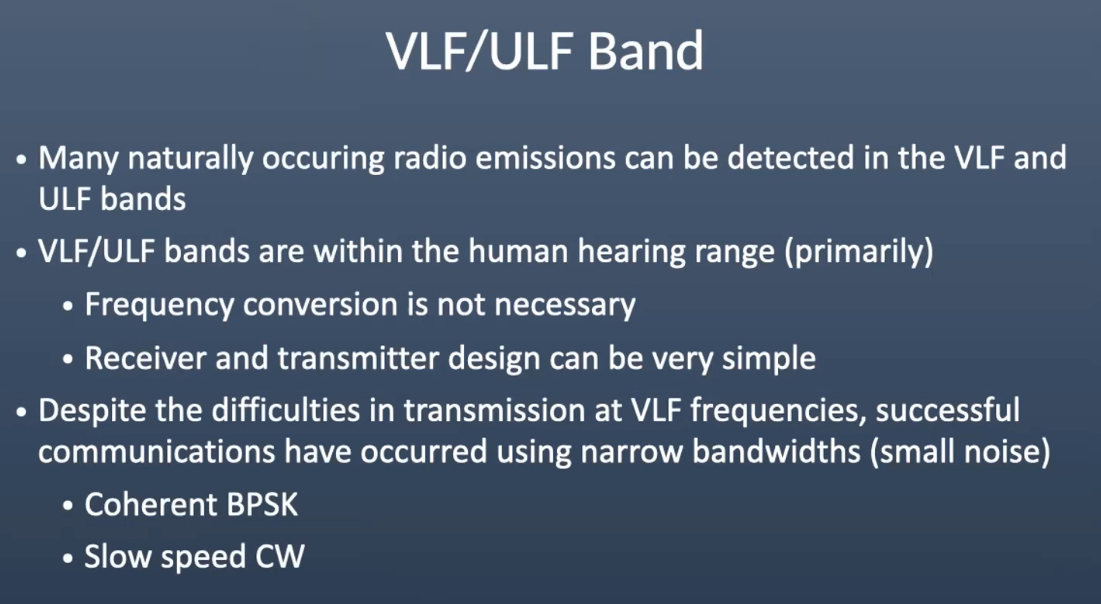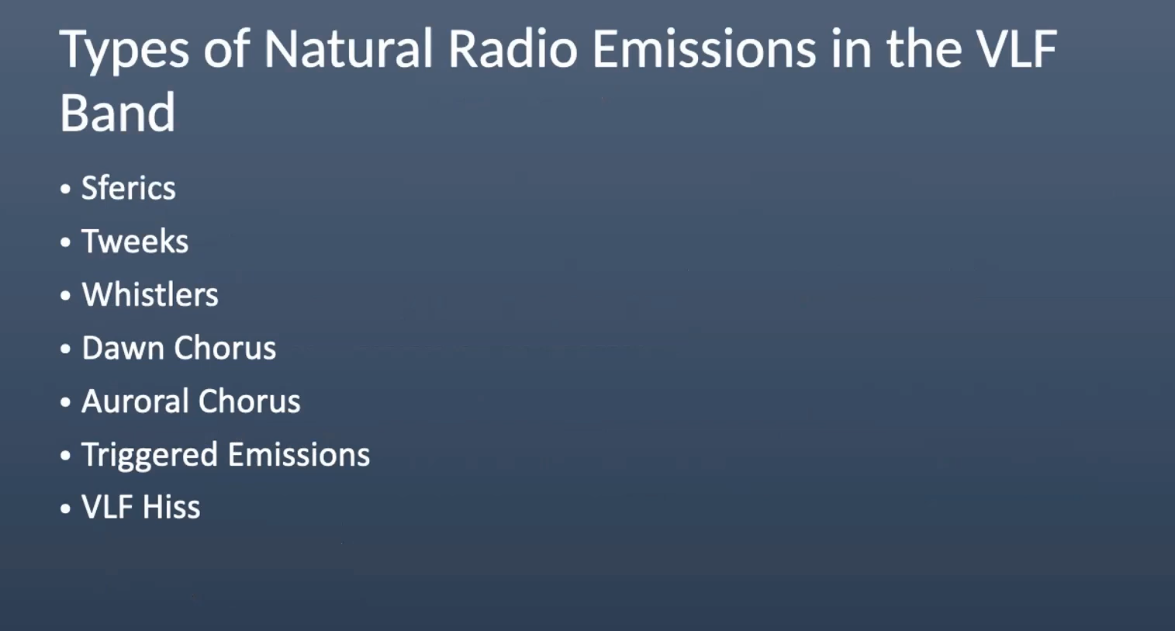Earth's Natural Radio: Strange sounds at VLF frequencies and below - NVARC Presentation by Philip J Erickson (W1PJE) (May 2022)



"I will provide an overview of natural emissions at very low electromagnetic frequencies in the VLF (3 - 30 kHz) and ULF (300 Hz - 3 kHz) ranges. These radio emissions are generated by physical phenomena, such as lightning discharges or interactions with plasma in the ionosphere, and in some cases are global in nature. They are also very interesting because their RF frequencies are primarily within human hearing range (although they are not acoustic waves!), and so heterodyne receiver architectures are not needed - making both receiver and transmitter design quite simple.
I will cover natural emissions, including audio samples, and describe what they tell us about the ionosphere and magnetosphere, including whistlers, chorus hiss, sferics, and more. Also covered will be human signals in this frequency range, such as power line harmonics and VLF communications signals used by almost every government for information transfer to submerged vessels. Some information will be provided as well on the challenges of receiving and transmitting signals in this range within your backyard, including the "Dreamer's Band" amateur frequencies below 9 kHz and the new "EbNaut" digital mode for this frequency range."
About Philip J Erickson
I am an associate director and head of the Atmospheric and Geospace Sciences group at Haystack Observatory, operated by Massachusetts Institute of Technology (MIT). Haystack is located approximately 42 km as the crow flies from the main MIT campus on a 1300 acre parcel overlapping the towns of Westford, Groton, and Tyngsboro, MA (grid FN42go). Since the late 1950s, Haystack has conducted frontier remote sensing research into the properties of the near-Earth space environment, including the ionosphere, neutral atmosphere, overlying plasmasphere, and the magnetosphere that surrounds our planet.I am a member of Nashoba Valley Amateur Radio Club (NVARC), a physical as well as spectral neighbor of Haystack. Outreach programs and activities are ongoing between Haystack and NVARC; see the NVARC page for details. I am also a member of the HamSCI citizen science initiative.
The talks Q&A section has interesting tid bits about the true complexities of climate change and the modeling of it: https://youtu.be/8J2zYgGIsno?t=4032 - https://youtu.be/8J2zYgGIsno?t=4235
Tools: http://www.abelian.org/ - http://websdr.org/ - http://www.vlf.it/ - https://theinspireproject.org/
Related Talk: Giant Antennas of the Navy! NVARC Presentation - by George Allison, K1IG